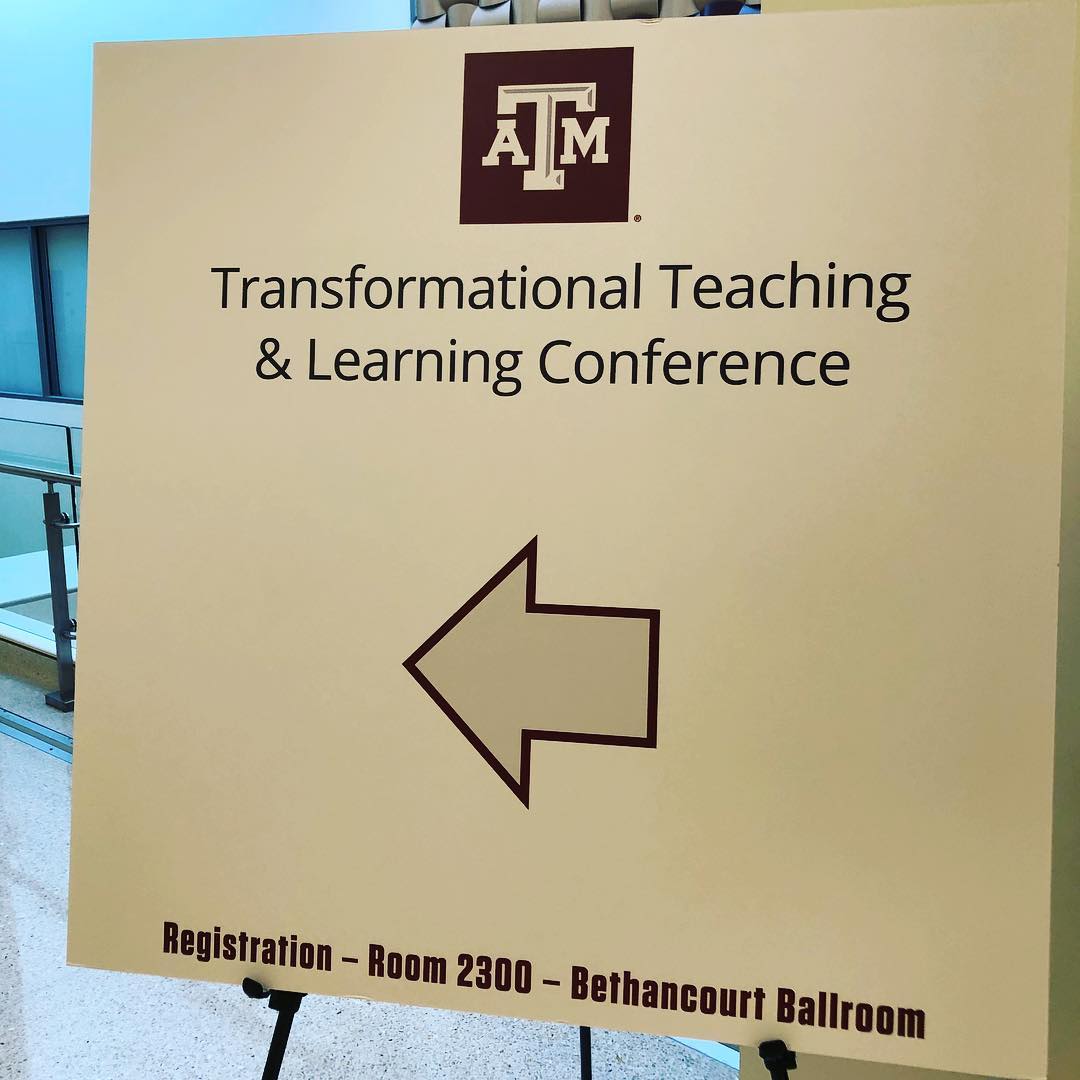April 2018

One of the main themes almost everyone talked about was the question of how to deal with intro-level auditorium classes in their discipline. People shared about in-class activity design to keep everyone engaged; assessment tools to evaluate whether students have reached the learning outcomes; as well as the role of Teaching Assistants in large classrooms, including how to train TAs to manage smaller groups and better interact with undergrad students.
For my own presentation, I shared my teaching experience in a Core Curriculum American History course during the last academic year, focusing on using historical fictions to enrich classroom activities. In addition to history textbooks and scholarly books, a historical fiction with a Progressive Era storyline was used as one of our four books on the reading list. Students were assigned to work in small groups to design souvenir bookmarks for characters or plots of their own choice, and would present their design in class and discuss the significance of a particular character or plot, as related to the larger historical themes of the time period. This activity and the use of non-traditional learning material helped to engage all the students in the classroom, and encouraged them to interact and collaborate with each other.
Through other presenters’ projects, I learned many creative ways of using visual and multimedia content in our physical or virtual classrooms. I met scholars from different colleges, with different academic interests, but the same passion for promoting student-centered learning at our university. I would encourage our grad students who want to teach in higher education institutions in the future to get involved in more events like this. Get to know the current trends in college teaching and learning, and network with our fantastic colleagues at Texas A&M!
---
Mingqian Liu | Architecture
Mingqian Liu is a fourth-year doctoral student in the Department of Architecture